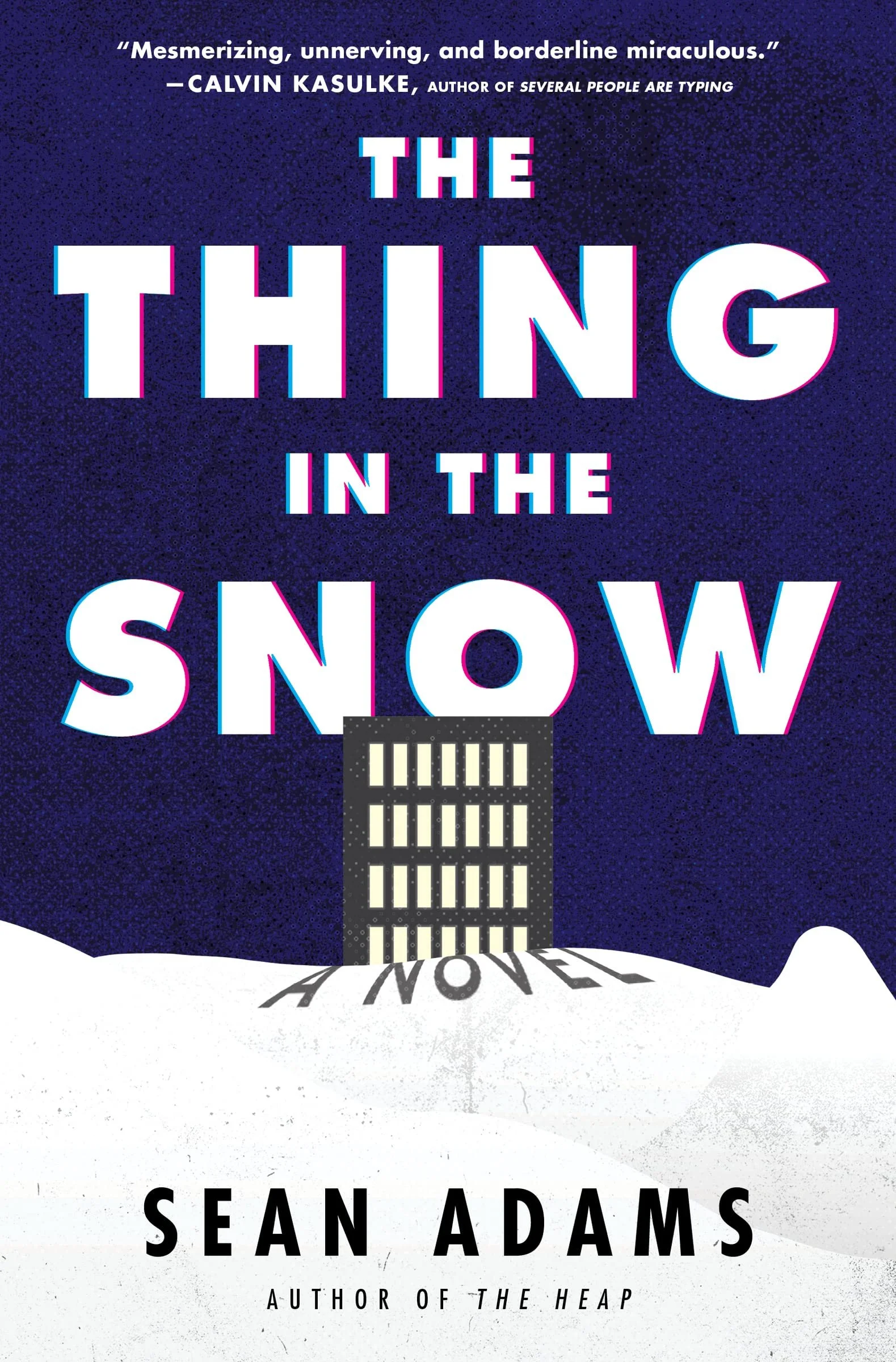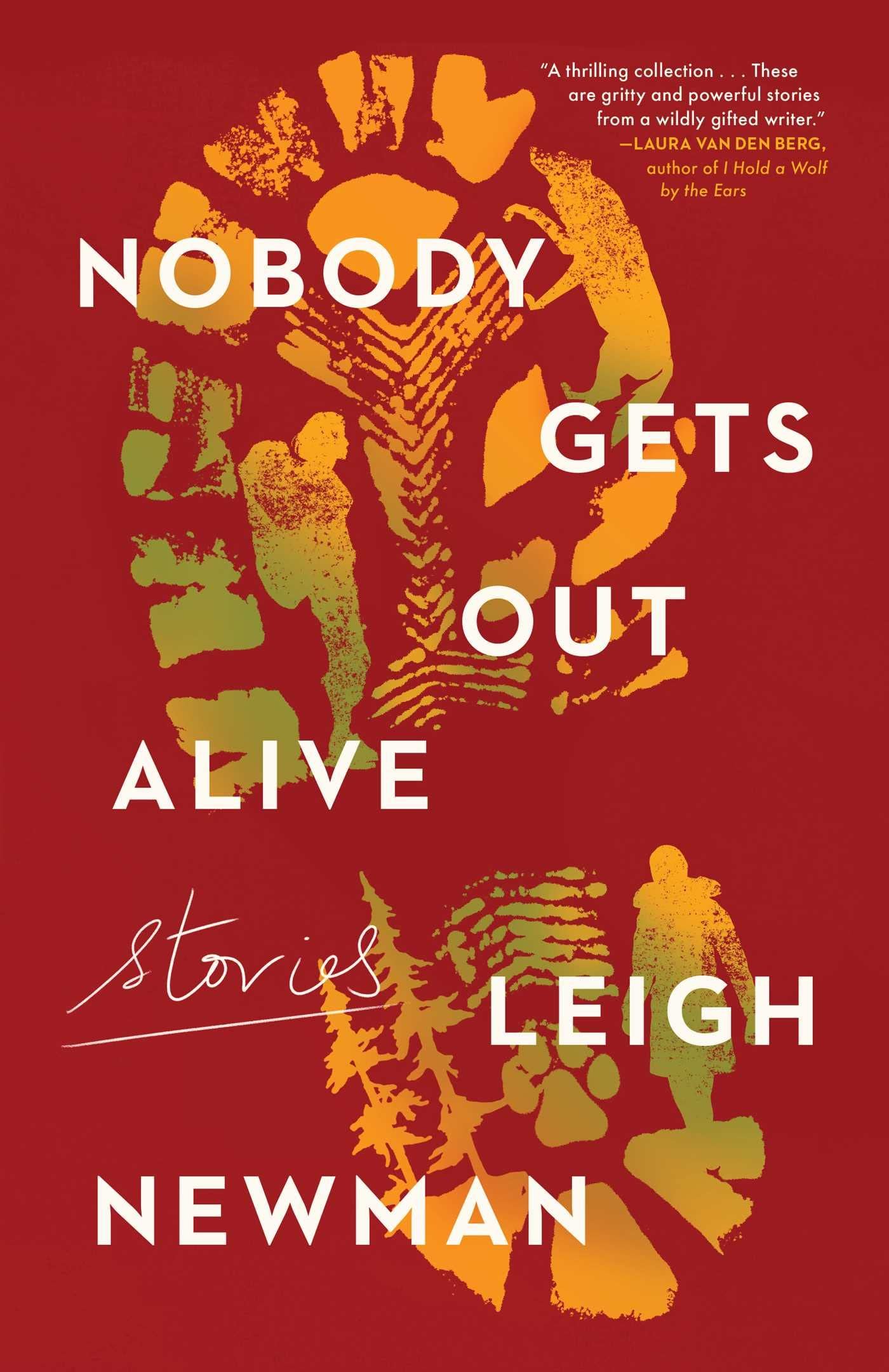Six Snowy Reads for Winter
By Maddie Woda
Winter doesn’t truly start for me until it snows. Growing up in the Midwest, we usually got our first big snowfall in December, and every day after had the potential to be a snow day (the best days of the year). Snowfalls seem to be lighter and later than they were when I was a kid, which makes each one even more important. While I wait for a blizzard in Brooklyn, I turn to these six snowy memoirs and novels that remind me how vital it is to protect our coldest countries.
Welcome to the Goddamn Ice Cube by Blair Braverman (2016)
In Welcome to the Goddamn Ice Cube, outdoorswoman extraordinaire Blair Braverman (you might know her from Naked and Afraid) recounts how she built her Arctic lifestyle, which began at 19 when she moved from California to Norway to learn to race sled dogs. Braverman, who also worked on a glacier in Alaska, is the real deal and shares her story with incredible humor and honesty.
The Thing in the Snow by Sean Adams (2023)
Like Severance if it were set in the remote Arctic, The Thing In the Snow shines a light on the absurdity of the workplace by infusing the story with psychological suspense. In an anonymous setting blanketed constantly in snow, three caretakers attend to the empty Northern Institute, a research institution whose funding has run out. Amid the tedium, a puzzling item appears in the snow, redefining their ideas of normal. In this engrossing and creative novel, Adams plays with the sense of isolation and awe commonly experienced in snowy landscapes.
Nobody Gets Out Alive by Leigh Newman (2022)
Cofounder of Zibby Books, Leigh Newman, understands cold. As an Alaskan native, she’s written about her upbringing in her memoir, Still Points North. Nobody Gets Out Alive, her National Book Award-longlisted collection of short stories, explores the lives of various, occasionally linked, female characters. Newman uses surprising, dynamic language to illustrate the formidable Alaskan landscape in its beauty and bleakness.
Disappearing Earth by Julia Phillips (2019)
When two young sisters disappear from their neighborhood beach on the Kamchatka Peninsula in Russia—an isolated part of Siberia—it affects everyone who calls Kamchatka home. Each chapter sheds light on a different perspective from the community, from the detective following the crime to the mother of the girls. Disappearing Earth is a multifaceted, shimmering portrait of an often overlooked part of the world.
Arctic Dreams by Barry Lopez (1986)
I owe Barry Lopez for my interest in the Arctic. An iconic nature writer, Lopez uses science, history, and gorgeous prose to investigate the Arctic’s fierce blend of danger and wonder. My favorite passage outlines the mating habits of the narwhal, the unicorn of the ocean. Lopez’s enthusiasm for the landscape shines on the page, inspiring readers to protect this world of ice that is warming at four times the rate of the rest of the Earth.
All the White Spaces by Ally Wilkes (2022)
We’re in a golden age of genre fiction, with authors beautifully blending different types of writing to create something greater than the sum of its parts. Ally Wilkes combines horror and historical fiction in this gripping thriller set in the brutal Antarctic winter. In the early 20th century, a group of men set sail on a polar expedition, only to be hunted by a supernatural force even more intimidating than the bleak polar landscape. One stowaway is the key to the group’s survival.
++
Maddie Woda is a graduate of Columbia University in New York City with a degree in English. She has writing published in The Maine Review, The Columbia Review, Dead Fern Press, The Emerson Review, and others. She currently lives in Brooklyn and works as an editor at Zibby Books.








